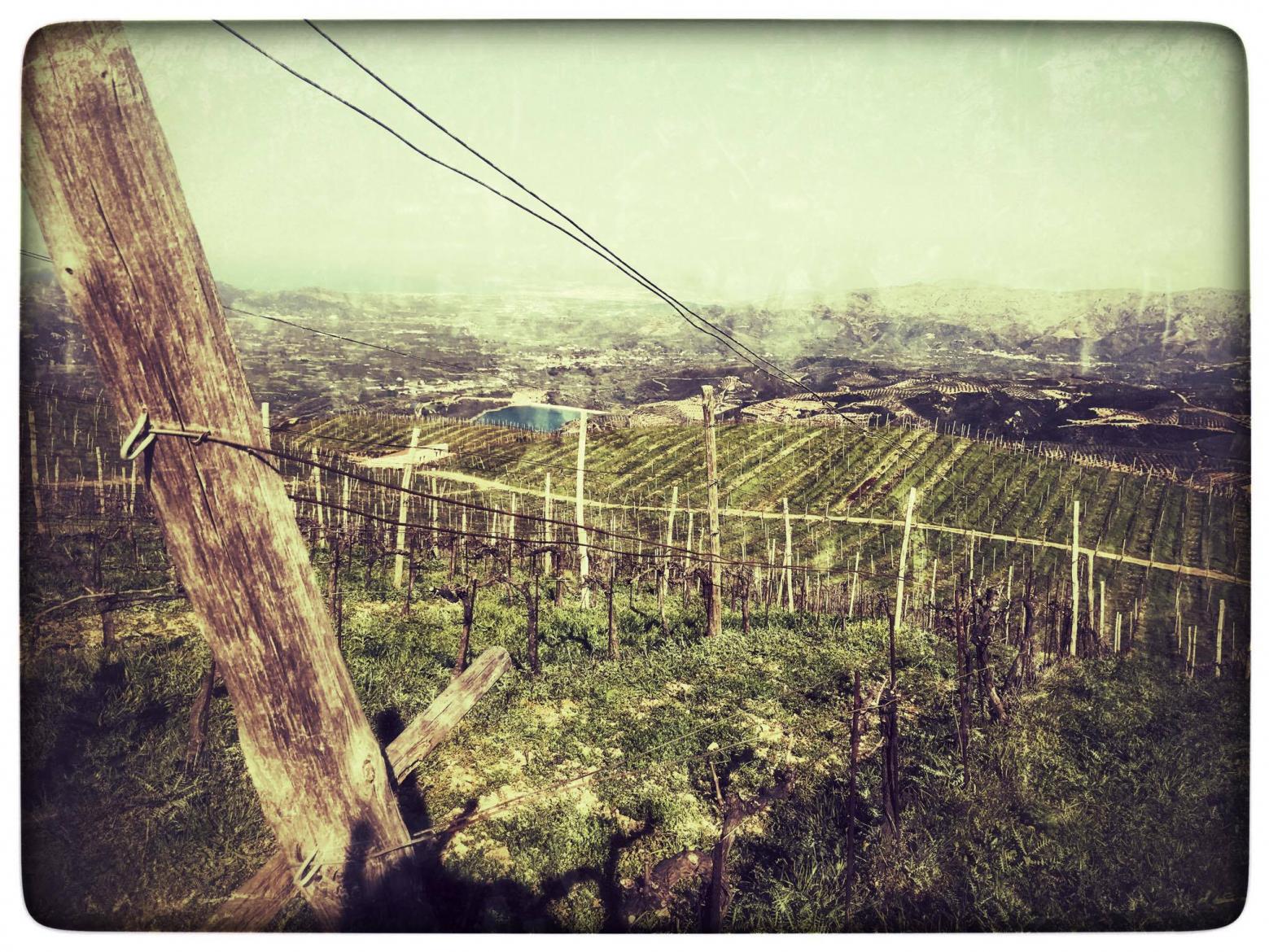The new Crete: Key points from my seminar in Chania
The presentation took place during the Oinotika wine show in the breathtaking city of Chania organized annually by Wines of Crete.
During the last two decades we have been witnessing the miraculous renaissance of the Cretan wine scene. Specially the Cretan whites with the striking forces of the Vidiano, Muscat of Spinas and Malvasia Aromatica/Di Candia grape varieties are distinguished by the purity of the fruit together with freshness and exuberant perfume wrapped around a core of elegance. Bit behind we will find the reds as there is still room for improvement. Perfectly reasonable as the production of reds gets more complicated both in the vineyard and in the winery.
The key ingredients of such success? Well here we go:
- - Intriguing terroirs (poor soils in slopes at high altitude even close to 850 - 900 meters as seen in the central picture taken in Vatolakkos area in Chania);
- - Promising indigenous varieties like Vidiano, Dafni, Liatiko and Mandilari;
- - Fresh ideas coming from the new generation of winemakers who are gradually taking over from their fathers;
- - Team spirit and collective work in promoting their brand through the network of wine producers “Wines of Crete”; and
- - Exploiting the island’s tourism, which is in the order of 2 million visitors per annum.
Of course the road is not easy given that in Crete the vast majority of red wine is offered in bulk. This red wine is nothing more than a weak colored, tired and oxidized wine, usually of basic vinification served at local restaurants, homes and local celebrations with great enthusiasm by entrepreneurs or producers. Unfortunately, this situation has resulted in the tourists returning home having experienced only poor quality wine, ignoring that New Crete is present and years ahead of time compared to these oxidized products.
Other challenges that Cretan winemakers have to face:
- - Better understanding of the indigenous varieties in combination with an understanding of viticulture for each one of them separately (rootstock, clone training system, pruning and others). For example for Vidiano, producer Nikos Douloufakis has initiated and implements long Guyot cane-pruning that has given more balanced results compared to the short Cordon de Royat spur-pruning;
- - Balancing autochthonous with international varieties considering that some international varieties have now started to be considered almost as indigenous to a specific mesoclimate (see for example Roussanne in Chania);
- - Modernize the red wine/ their winemaking. The bet is to produce authentic - terroir driven wines without the misconceived rustic character of the past, often associated with the presence of the variety Kotsifali in the blend; and
- - Marketing and strategy moving forward.
Regarding the wines, I would argue that exploring the potential and possible limits of Vidiano together with single vineyard efforts will result in beautiful crafted wines with real character and high level of excitement. With the aim of reaching to the premium markets. Whereas discussing the possibilities of success with international varieties I would say it will be very hard but I am sure there is always an opportunity even there, provided there is something truly interesting in the vineyard and then in the winery.
Cretan wine has managed to move forward in these last fifteen to twenty years, emphasizing in both quality and indigenous varieties. The establishment and activities of the Wines of Crete network have played an important role in this rapid development. Bringing the island’s leading producers together, the network has managed to highlight the virtues of Cretan wines, collectively marketing them in Greece and beyond. At the same time, tourism is another important contributory factor to this success. The two million visitors to the island every year are a significant boost to the local economy and the total domestic consumption.





